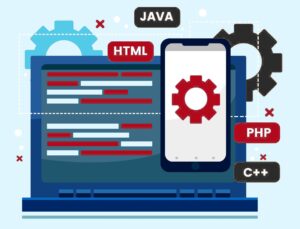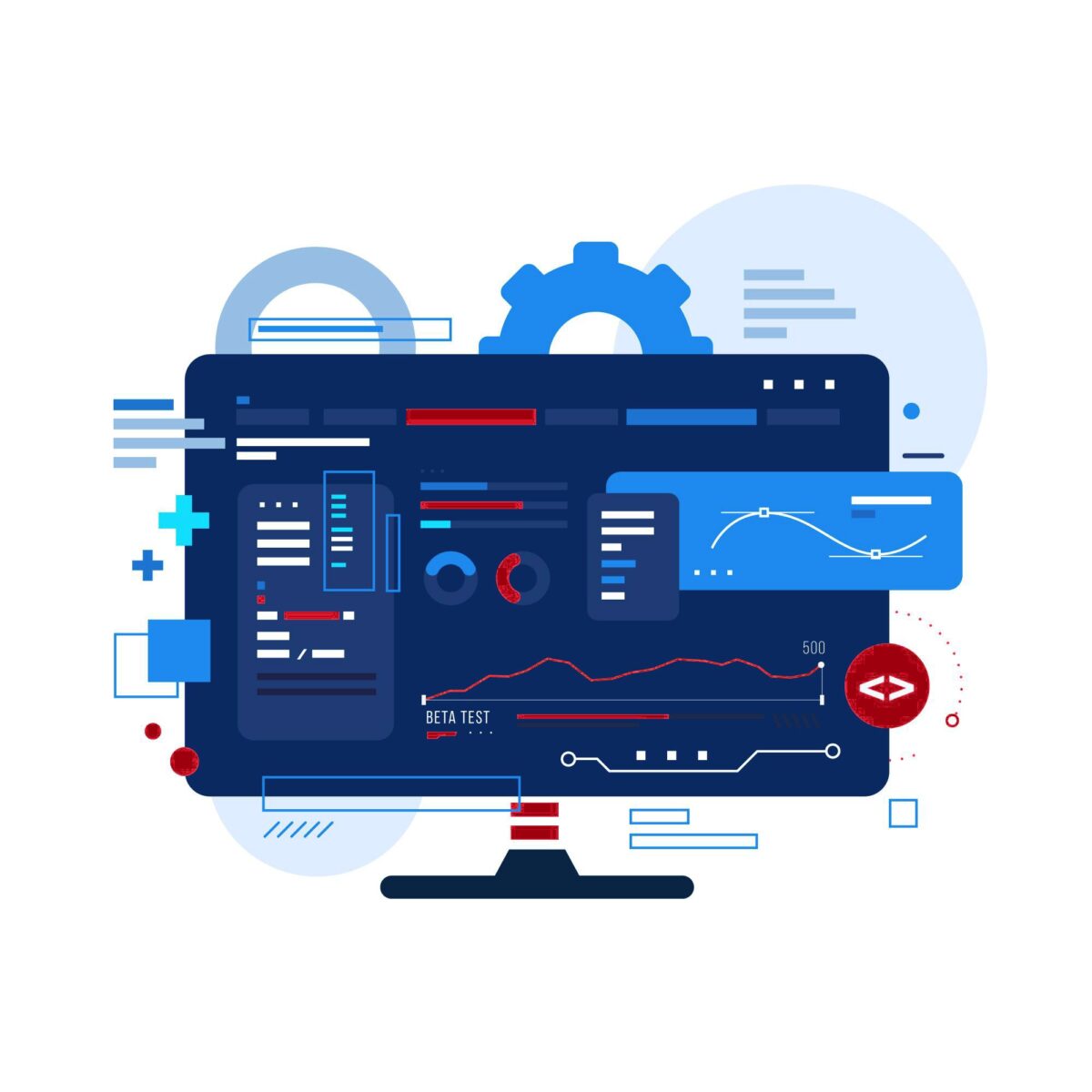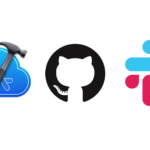In the dynamic landscape of app development, two distinct approaches have emerged to cater to different user needs and technical backgrounds: code and no-code apps. As technology advances, businesses and individuals are faced with the decision of choosing the right development method for their applications. In this article, we will explore the characteristics, pros, and cons of coded and no-code apps, shedding light on the evolving nature of app development.
Coded Apps
Coded apps are applications developed with traditional programming languages, such as Swift, Kotlin, and Java. This method offers unparalleled flexibility and customization, allowing developers to fine-tune every aspect of the application. Coded apps are preferred when intricate features, high-performance capabilities, and scalability are essential.

![]()
![]() Advantages of Coded Apps
Advantages of Coded Apps
- Customization and Flexibility: Coding apps gives the developer complete control over the app’s features, design, and behaviors. This level of customization allows us to create an app that aligns perfectly with our vision.
- Performance Optimization: With the ability to optimize every line of code, developers can ensure that the app runs smoothly and efficiently, even with complex functionalities. This is particularly crucial for resource-intensive applications.
- Scalability: Coded apps are well-suited for projects with long-term scalability goals. As the user base expands, developers can easily scale the app’s infrastructure to accommodate growing demands.
Drawbacks of Coded Apps
- Time-Consuming: Writing code from scratch can be time-consuming, especially for large-scale applications.
- High Development Costs: The complexity and skill required for coding can result in higher development costs, making it challenging for small businesses or individuals with limited budgets.
No-Code Apps
No-Code apps, on the other hand, are created using visual development platforms, such as FlutterFlow, that allow users to design and build applications without writing extensive code. This approach democratizes app development, empowering individuals with limited coding knowledge to bring their ideas to life.
![]()
![]() Advantages of No-Code Apps
Advantages of No-Code Apps
- Rapid Development: No-Code app development significantly reduces the time required to create an app. Pre-built components and drag-and-drop interfaces streamline the development process, enabling quicker iterations.
- Accessibility: No-Code app development opens the door to a broader audience, including entrepreneurs, designers, and business professionals who may not possess extensive coding skills. This accessibility fosters innovation and creativity.
- Cost-Effective Solutions: With lower development costs and reduced reliance on skilled programmers, no-code apps offer a more budget-friendly option for startups and small businesses looking to create digital solutions.
Drawbacks of No-Code Apps
- Limited Customization: While no-code apps provide quick solutions, they lack the depth of customization available in coded apps. Users may face restrictions when trying to implement highly specific or intricate features.
- Scalability Challenges: No-Code platforms may struggle to support the scalability needs of rapidly growing applications. As the user base expands, limitations in customization may hinder the app’s ability to adapt to increased demands.
In the diverse landscape of app development, both coded and no-code approaches play vital roles in meeting the varied needs of developers and users. Choosing between the two depends on factors such as project complexity, customization requirements, budget constraints, and technical abilities. As technology continues to evolve, we can hope that these two approaches will converge, offering hybrid solutions that combine the best of both worlds. The key is understanding the strengths and limitations of each method to make informed decisions in the ever-evolving digital realm.


